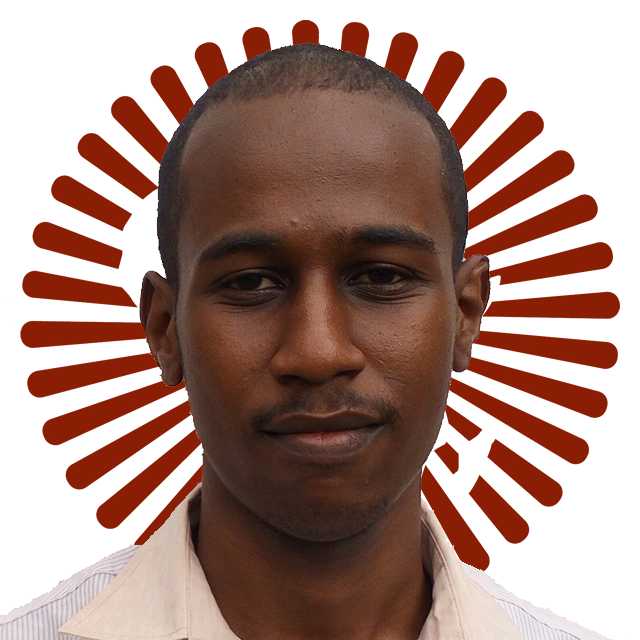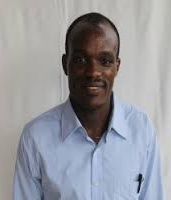
While at AIMS, James described and analyzed the elliptic curve method of factorizing integers. After AIMs, James obtained a Masters Degree at the University of Padova (Italy) and later worked as Teaching Assistant at INES Ruhengeri (Rwanda). He is currently an Assistant Lecturer at the University of Kigali, Rwanda.
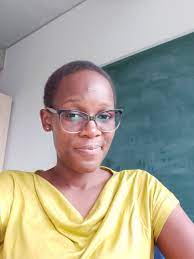
While at AIMS, Marianne studied the extension of quantum walks to two interacting walkers. Marianne is currently a PhD Student at The University of Goettingen – Germany, and a Co-lead and Content Manager of BEL’S AI INITIATIVE. Prior to that, after AIMS, she was an AI Resident in the Google Brain Accra Lab and also
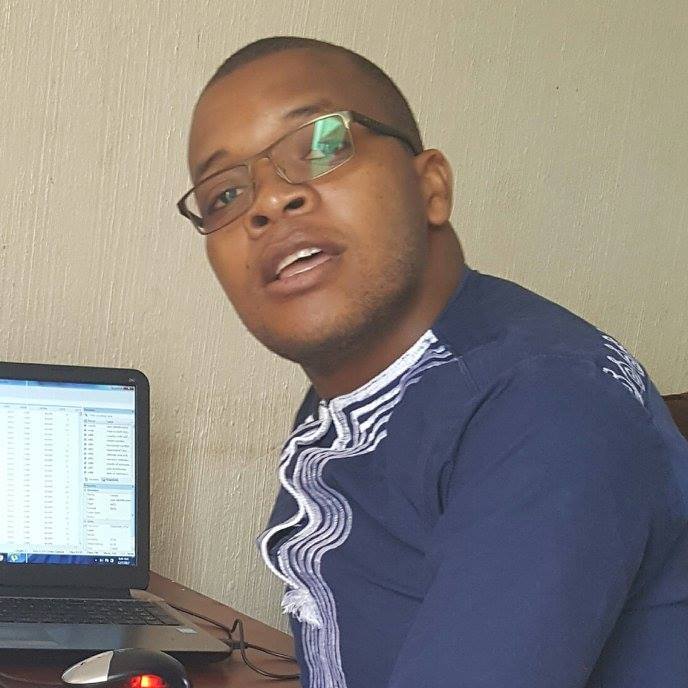
While at AIMS, Richard utilized model averaging techniques for linear models under homoscedasticity as opposed to model selection and proved through data simulation the asymptotic optimality for Mallows Model Averaging (MMA) estimators when the candidate models are nested. Richard is currently working as a STATISTICIAN at the Zimbabwe National Statistics Agency (ZIMSTAT).
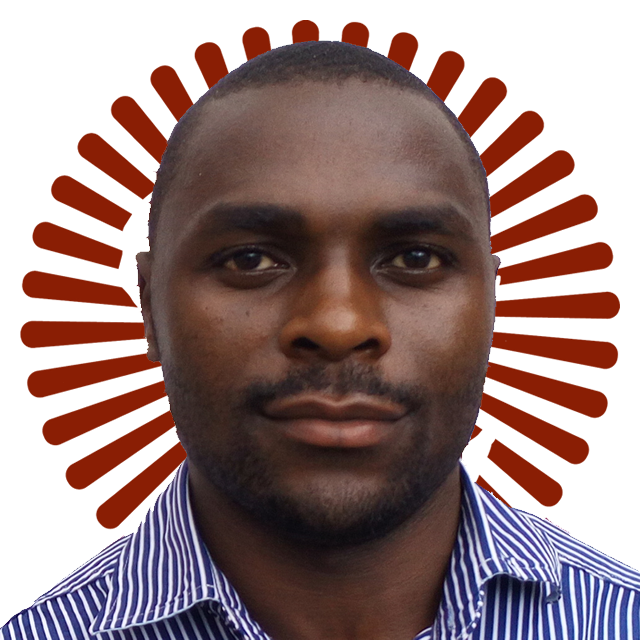
While at AIMS, Paul studied a utility maximization or optimal investment problem in the presence of a stochastic endowment that cannot be traded in financial market. He used the dynamic programming approach to solve the optimization problem and derived the Hamiltonian-Jacobi-Bellman (HJB) equation for the value function for the control problem which is a non
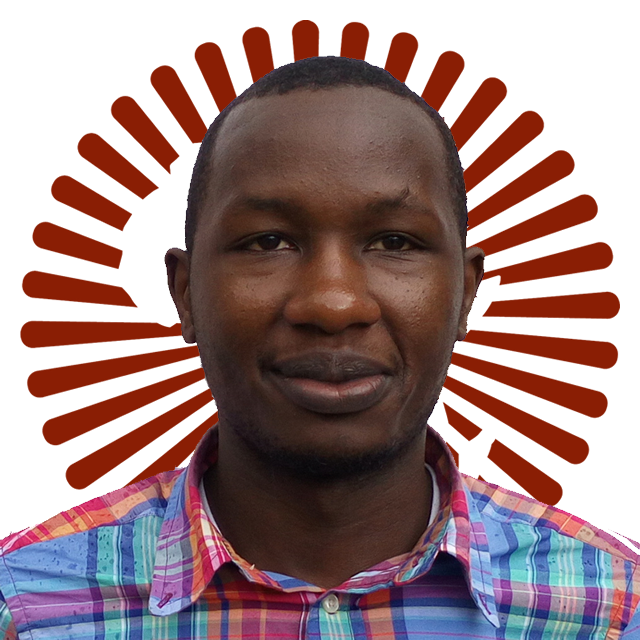
While at AIMS, Robert reviewed some previous mathematical models of Ebola Virus infection by different researchers and summarized their results. Further, he formulated a more realistic deterministic ordinary differential equation (ODE) model, performed the local stability analysis of the Disease Free Equilibrium (DFE), and computed the basic reproduction number. After AIMS, Robert completed a Post

While at AIMS, Kabir discussed the meaning of entanglement between states and explain the concept of the states being maximally entangled. In particular, he presented the entanglement of bipartite pure states and also entanglement of tripartite pure states. After AIMS, Kabir works as IT Consultant at d-fine Gmbh, Germany. Prior to this, he completed a

While at AIMS, Jin his masters essay, Mohamed investigated a model of micro-insurance in Africa. His aim was to develop a discounted expected utility model of consumption by members of a burial society and use this model to determine the optimal premiums and waiting periods subject to solvency, lapse, and participation constraints. He implemented the
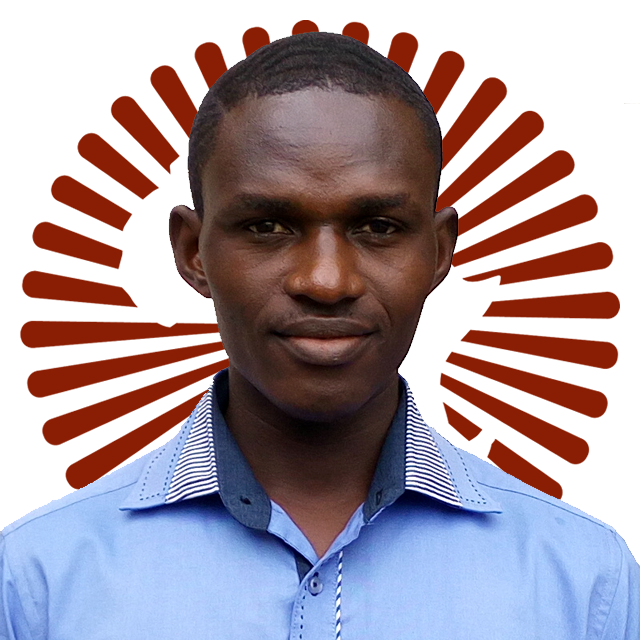
While at AIMS, Justice studied the comparison of performance measures for optimal consumption-investment problems by considering four portfolio problems, namely: maximizing utility from terminal wealth, maximizing utility from consumption, maximizing utility from both consumption and terminal wealth and finally, mean-variance problem. After AIMS, Justice completed a Mini MBA (Certificate in Business Management) and currently works
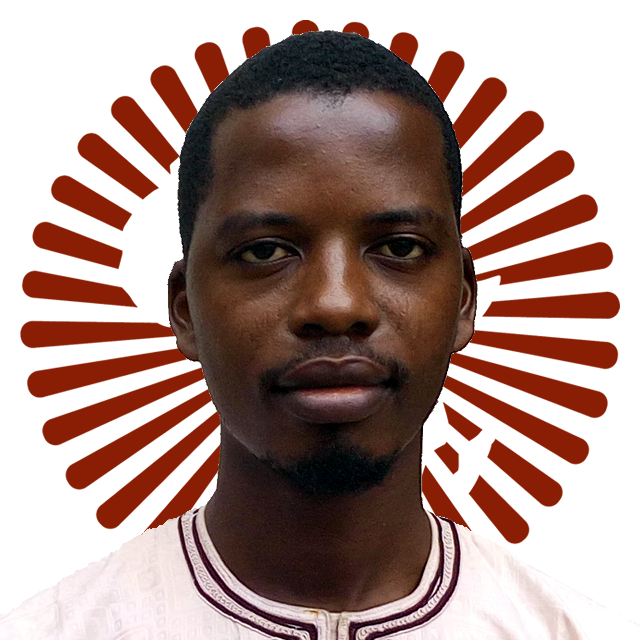
While at AIMS, Saka’s work appraised some important synergy and relative potency models such as the Finney and separate ray model using the three-parameter log logistic model. Considerations were also given to cases of absence of synergy and antagonism using the Bliss multiplicative model and the Leowe’s additive model. After AIMS, Saka co-founded a data





